Kaiawase (貝合わせ) is a traditional Japanese game that dates back to the Heian period (794–1185). It involves matching two halves of a clamshell, usually from a hamaguri (common orient clam). The inner surface of the shells is often beautifully decorated with intricate paintings or patterns, making it a game enjoyed by aristocrats.
During the Edo period (1603–1868), the decorations became even more elaborate, featuring gold leaf and maki-e (Japanese lacquerware with gold or silver powder). This led to the development of utagai (歌貝), where famous waka poems were written on each shell, requiring players to match the correct pairs. Over time, this evolved into a card game, which eventually became the well-known Hyakunin Isshu (One Hundred Poets, One Poem Each), still played today.

In this article, we will explore the history,
rules, and modern adaptations of Kaiawase.
The History of Kaiawase
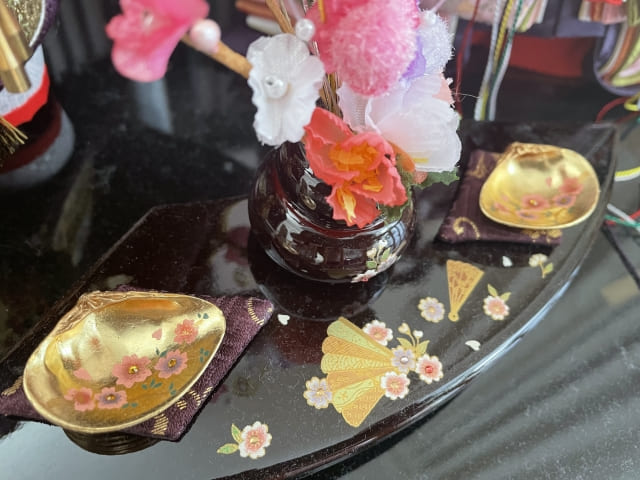

Now let’s learn about history of Kaiawase!
Heian Period: An Aristocratic Pastime
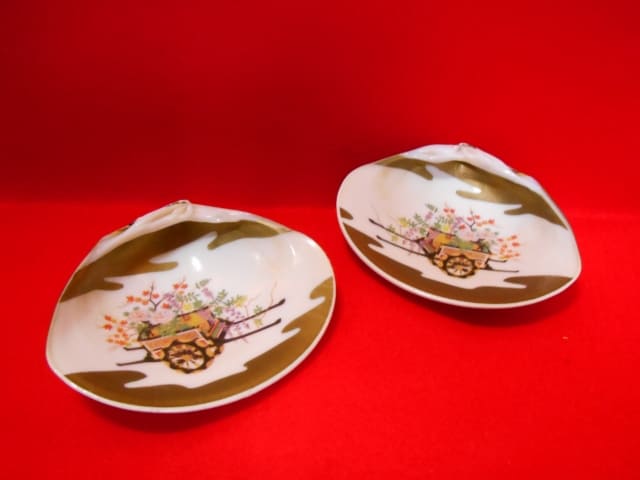
Kaiawase was a popular pastime among the Heian aristocracy, especially in the imperial court. The game was not only a form of entertainment but also a way to appreciate art and literature. Many shells were carefully scented with incense, adding an additional sensory experience to the game.
Since each shell was originally part of a single pair, only the matching halves would fit perfectly together. This symbolized unity and harmony, which is why Kaiawase was often associated with love and marriage.
Edo Period: The Evolution into “Utagai”
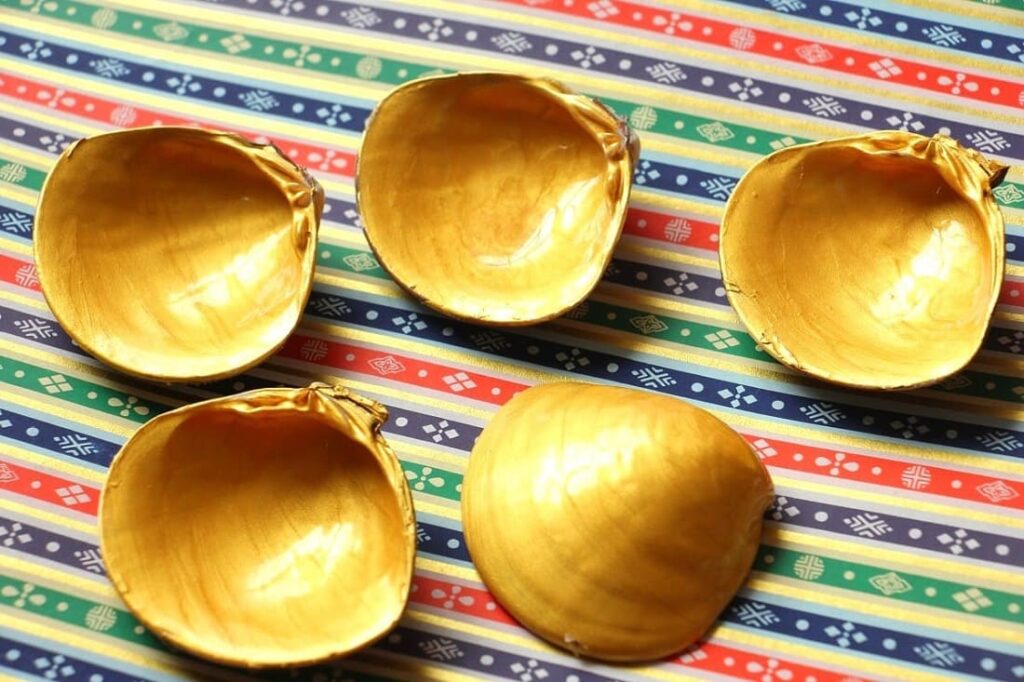
By the Edo period, Kaiawase became more sophisticated, with gold leaf and maki-e decorations enhancing the beauty of the shells. This era also saw the rise of utagai/歌貝, a variation where the upper and lower halves of famous waka poems were written on separate shells. Players had to match them correctly, deepening their appreciation of classical Japanese poetry.
Eventually, utagai transitioned from using real shells to paper cards, leading to the birth of Hyakunin Isshu, the poetry-matching game still enjoyed in Japan today.

We enjoy Hyakunin Isshu in New Year days!

If you are interested in it, check the article below!
Kaiawase in Modern Times
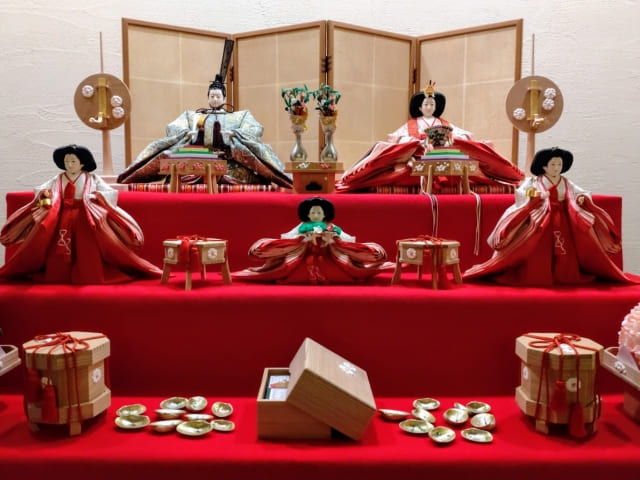
Today, the custom of playing Kaiawase has almost disappeared, and it is now primarily used as a decorative element for the Hinamatsuri (Girl’s Day).
Eating clam soup and displaying Kaiawase shells during Hinamatsuri carry a special meaning—symbolizing a wish for a lifelong bond with a single partner in the future.

If you want to read about Japanese Girl’s Day,
check the article below!
How to Play Kaiawase
Traditional Rules
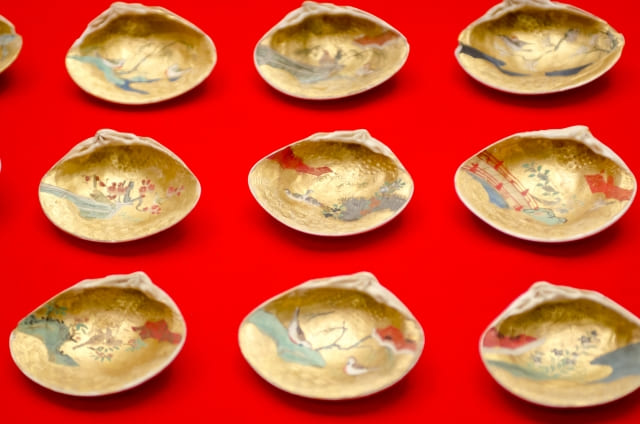
Divide 360 pairs of clam shells into left and right sides.
Place all the right-side shells face down in a row, then take out the left-side shells one by one and try to find their matching right-side shell.
The person who correctly pairs the most shells wins.
The thrill of perfectly matching the shells, combined with the artistic beauty of their designs, makes the game enjoyable.
Connection to Hyakunin Isshu
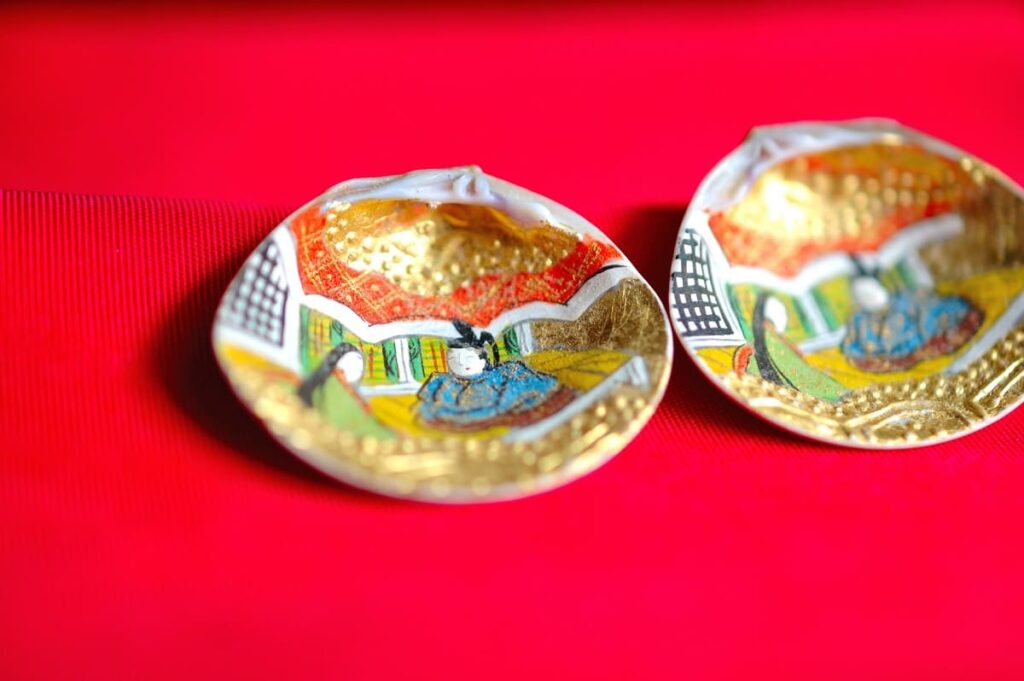
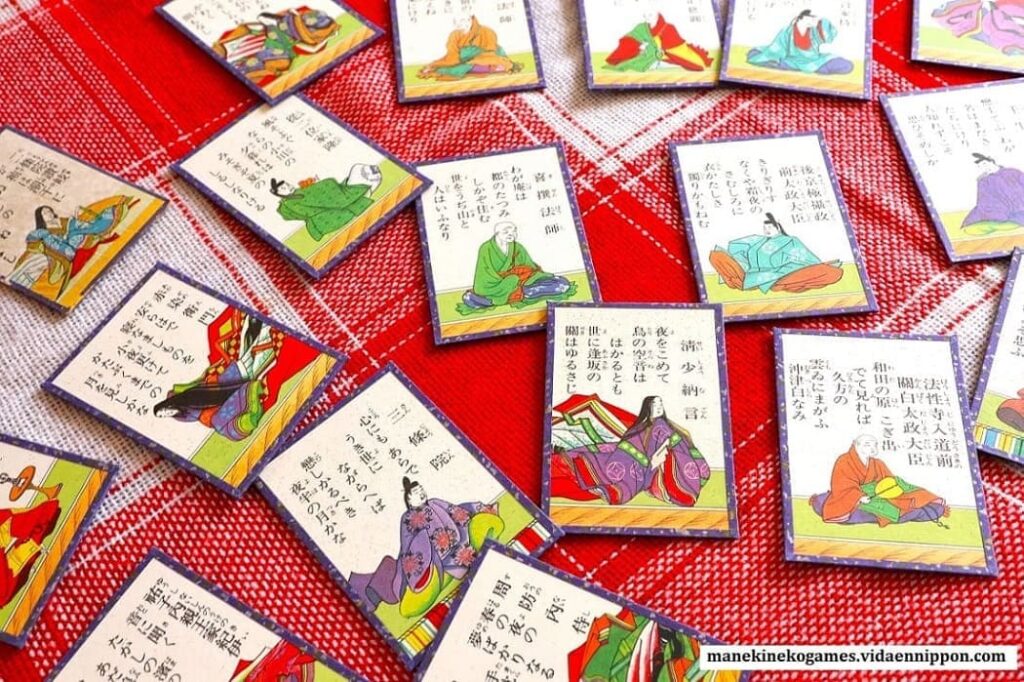
Through utagai, the Kaiawase game gradually evolved into Hyakunin Isshu, a poetry-matching game played with traditional Japanese playing cards. Today, Hyakunin Isshu remains a well-loved pastime, particularly during New Year celebrations.
You can buy Kaiawase online!
There are some products of Kaiawase online.
If you want to decorate Kaiawase at home, check some items below.
This store ”Rakuten Ichiba” has GLOBAL EXPRESS SERVICE!
Hinamatsuri decoration
Kaiawase decoration
Incense holder
Kaiawase bowls
Conclusion
Kaiawase began as a refined game for Heian aristocrats and evolved into a beautifully decorated pastime in the Edo period. Eventually, it influenced the creation of Hyakunin Isshu, a game still played today.
If you have the chance, why not experience the beauty of Kaiawase for yourself?

If you are interested in Japanese culture, and you love gaming, you may love these games! Let’s play!

Yes! Let’s play!

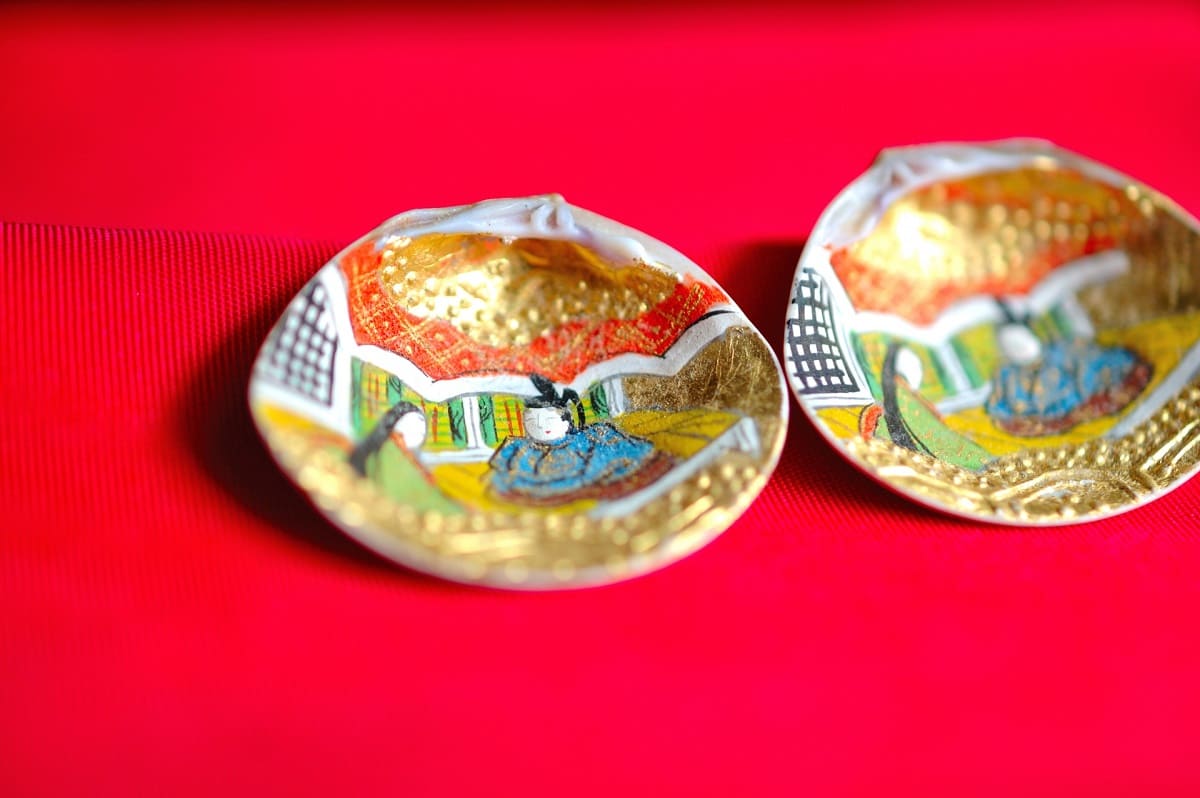







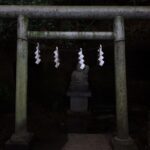

Comments